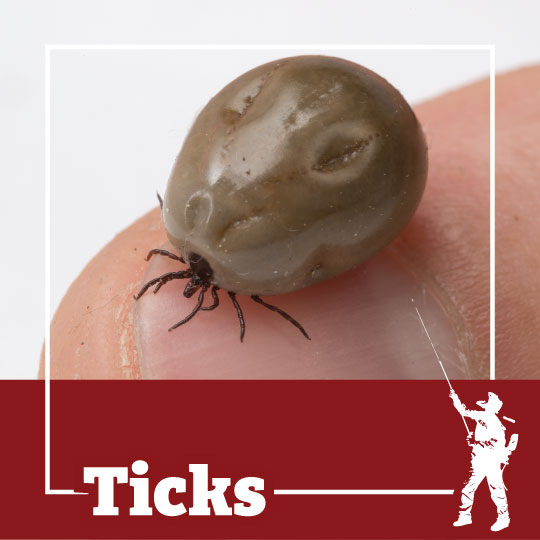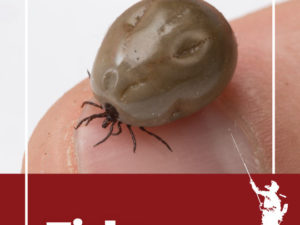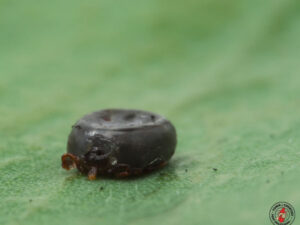
The progressively warmer winters are allowing more ticks to survive the cold upstate New York winters, and studies show that the state contains the highest percentage of lyme-carrying deer ticks when compared to other states in the northeast. Traditionally, the largest lyme-carrying deer tick populations have been found on Long Island and in the lower Hudson Valley, but according to the State Department of Health Data, these lyme-carrying ticks are moving into more northern and western counties within New York.
The Adirondacks and central New York are seeing unusually high rates of lyme infection among the region’s populace, and researchers believe that lyme-carrying deer ticks will continue moving northwest. At the moment, Syracuse is seeing a higher rate of lyme infection rates than Rochester, but if the current trend continues, Rochester will soon be home to the largest population of lyme-carrying deer ticks in the state.
Experts believe that many factors are contributing to the growth of tick populations, as well as the northwest movement of lyme-carrying ticks across New York state. For example, the warmer winters and the northwest movement of tick-hosts, like deer and rodents, could explain why the rate of Lyme infection seems to be increasing across the northwest in between Syracuse and Rochester. Of course, lyme disease can be avoided by applying topical repellent before venturing outdoors, and it is important to check skin and pets for ticks before stepping back indoors. Luckily, lyme-carrying deer ticks, as well as most other disease-carrying tick species, cannot survive for long indoors, making indoor infestations a non-issue. However, this is not the case for the disease-carrying dog tick, which is a species capable of completing its entire life cycle indoors.
Due to low humidity levels indoors, deer ticks, also known as black-legged ticks, cannot survive for more than 24 hours within a home or building, unless they seek a properly moist habitat within damp fabrics, like laundry. Dog owners are particularly vulnerable to dog tick infestations, because these ticks, as their common name suggests, prefer dogs as their host. Due to the excessively small size of dog tick larvae, indoor infestations are often go unnoticed until adults are spotted climbing up curtains, walls or across carpeting. Most indoor dog tick infestations begin to proliferate in dog kennels or on dog bedding before the pests move onto other areas of a home. Although dog ticks don’t spread lyme disease, they can carry pathogens that infect humans with Rocky Mountain spotted fever.
Have you ever found a tick within your home?












